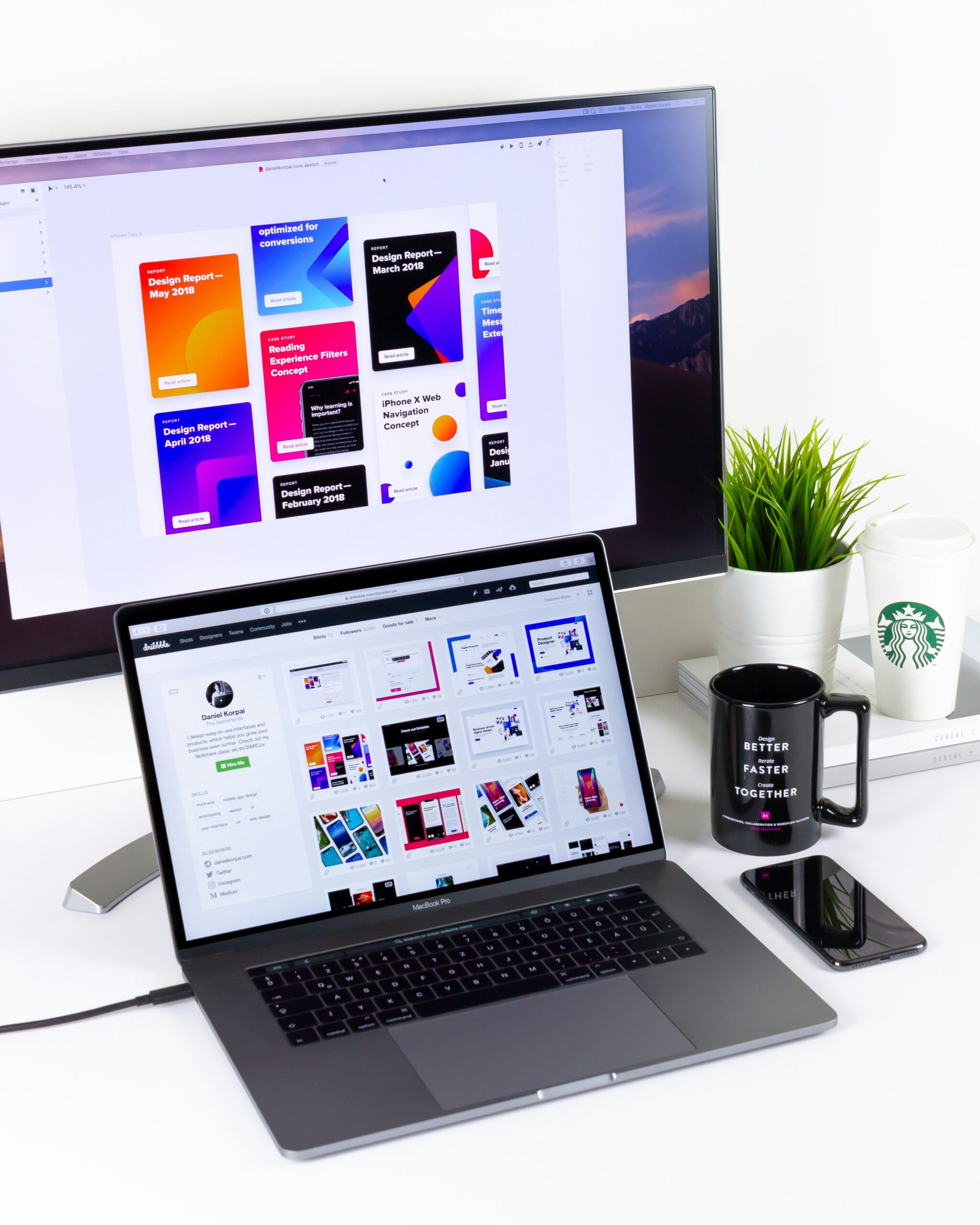So, you’ve heard the term “UX Designer” tossed around in tech circles, LinkedIn posts, or maybe even during a casual chat with a friend who just landed a remote job. And now you’re wondering—what exactly does a UX Designer do, and how can you become one in 2025?
Well, you’re in the right place. Whether you’re a student, a career switcher, or just plain curious, this guide will walk you through everything you need to know to become a UX Designer—from scratch.
Introduction to UX Design?
UX Design, or User Experience Design, is the process of creating digital products that are intuitive, efficient, and satisfying to use. It focuses on understanding user needs, behaviours, and emotions to design seamless interactions. A UX Designer ensures that every touchpoint a user has with a product feels smooth, logical, and delightful. It’s about crafting experiences—not just interfaces
What is a UX Designer, Really?
Let’s break it down. UX stands for User Experience. A UX Designer is someone who makes digital products (like apps, websites, or software) easy, enjoyable, and intuitive to use. Think of them as the architects of the digital world—designing how things feel rather than just how they look.
They ask questions like:
- Is this app easy to navigate?
- Can users find what they’re looking for?
- Does this website solve the user’s problem?
In short, a UX Designer is a problem-solver who uses research, design, and testing to create better digital experiences.
Why Become a UX Designer in 2025?
UX Design is booming. With more businesses going digital, the demand for skilled UX Designers is skyrocketing. According to recent job market trends, UX roles are among the top 10 most in-demand tech jobs globally.
Here’s why it’s a great career choice:
- High demand = more job opportunities
- Remote-friendly = work from anywhere
- Creative + analytical = best of both worlds
- Impactful = you’re shaping how people interact with technology
Step-by-Step Guide to Becoming a UX Designer
Let’s get into the nitty-gritty. Here’s your roadmap to becoming a UX Designer in 2025.
Step 1: Understand What UX Design Is
Before diving in, take time to understand the field. Read blogs, watch YouTube videos, and follow UX professionals on LinkedIn or Instagram.
Recommended resources:
- The Design of Everyday Things by Don Norman
- YouTube channels like AJ&Smart, The Futur, and DesignCourse
- Blogs like UX Collective and Nielsen Norman Group
Step 2: Learn the Core Principles of UX
UX Design isn’t just about making things pretty. It’s about solving problems. Here are some key principles to learn:
- User-Centered Design: Always design with the user in mind.
- Lean UX
- Design Sprint
- Accessibility: Make sure your designs work for everyone.
- Consistency: Keep things familiar and predictable.
- Feedback: Let users know what’s happening (e.g., loading spinners, error messages).
Step 3: Master the UX Design Process
The UX process typically includes:
- Research – Understand the user’s needs.
- Define – Identify the core problem.
- Ideate – Brainstorm possible solutions.
- Design – Create wireframes and prototypes.
- Test – Validate your ideas with real users.
- Iterate – Improve based on feedback.
Step 4: Learn the Tools of the Trade
You don’t need to master every tool, but you should be comfortable with a few essentials.
Design & Prototyping Tools:
Research & Testing Tools:
Collaboration Tools:
Step 5: Take a UX Design Course (optional but helpful)
If you prefer structured learning, consider enrolling in a UX course. Some are free, others are paid bootcamps.
Free Courses:
Paid Bootcamps
Look for courses that offer:
- Hands-on projects
- Portfolio development
- Mentorship or career support
Step 6: Build Your UX Portfolio
Your portfolio is your golden ticket. It shows employers what you can do.
What to include:
- 2–3 case studies
- Your design process (not just final screens)
- Before-and-after comparisons
- Real-world problems you solved
Pro tip: Even if you don’t have clients, you can redesign existing apps or websites as practice projects.
Step 7: Get Real-World Experience
You don’t need a fancy job title to gain experience. Try:
- Freelancing on platforms like Wellfound or RemoteJobs.com
- Volunteering for nonprofits
- Participating in design challenges (e.g., Uplabs, UX Challenge)
Step 8: Network Like a Pro
UX is a people-first field, and networking can open doors for your next freelance project
Where to connect:
- LinkedIn (follow UX Designers and recruiters)
- Twitter/X (join UX conversations)
- Slack communities (e.g., Designer Hangout, Hexagon UX)
- Local meetups or virtual conferences
Step 9: Apply for Jobs (Even If You Don’t Feel “Ready”)
Imposter syndrome is real. But don’t let it stop you. Start applying for:
- Internships in LinkedIn, Behance
- Junior UX Designer roles
- UX Research Assistant positions
Tailor your resume and cover letter to each job. Highlight your portfolio and your passion for solving problems.
Step 10: Keep Learning and Growing
UX Design is always evolving. Stay sharp by:
- Reading UX blogs
- Attending webinars
- Taking advanced courses
- Learning adjacent skills (e.g., UI design, coding, product thinking)
Becoming a UX Designer in 2025 is not just about having a design degree or being a tech genius. It is about being curious, empathetic, and willing to learn. Start small, stay consistent, and do not be afraid to make mistakes.
Remember, every great UX Designer was once a beginner—just like you.

No responses yet